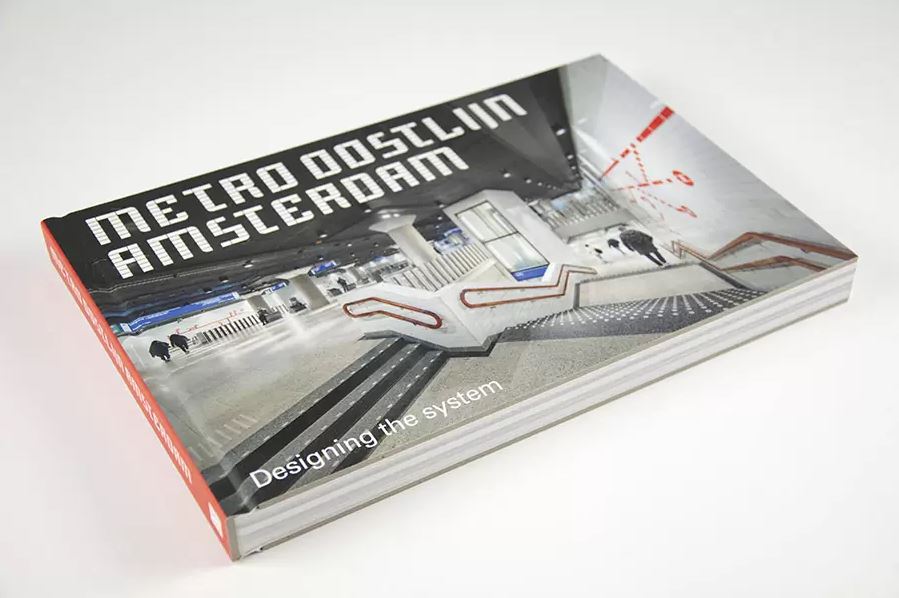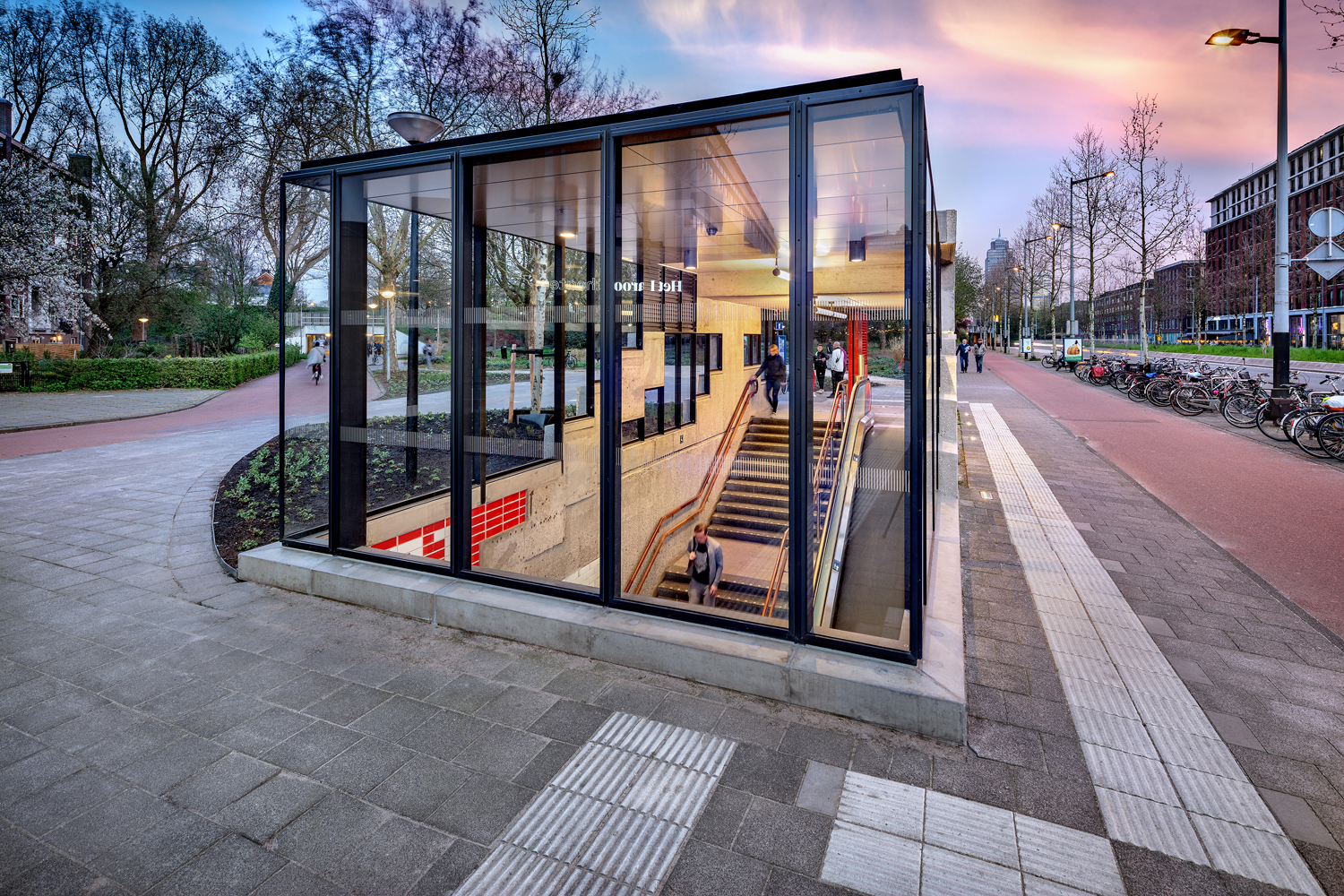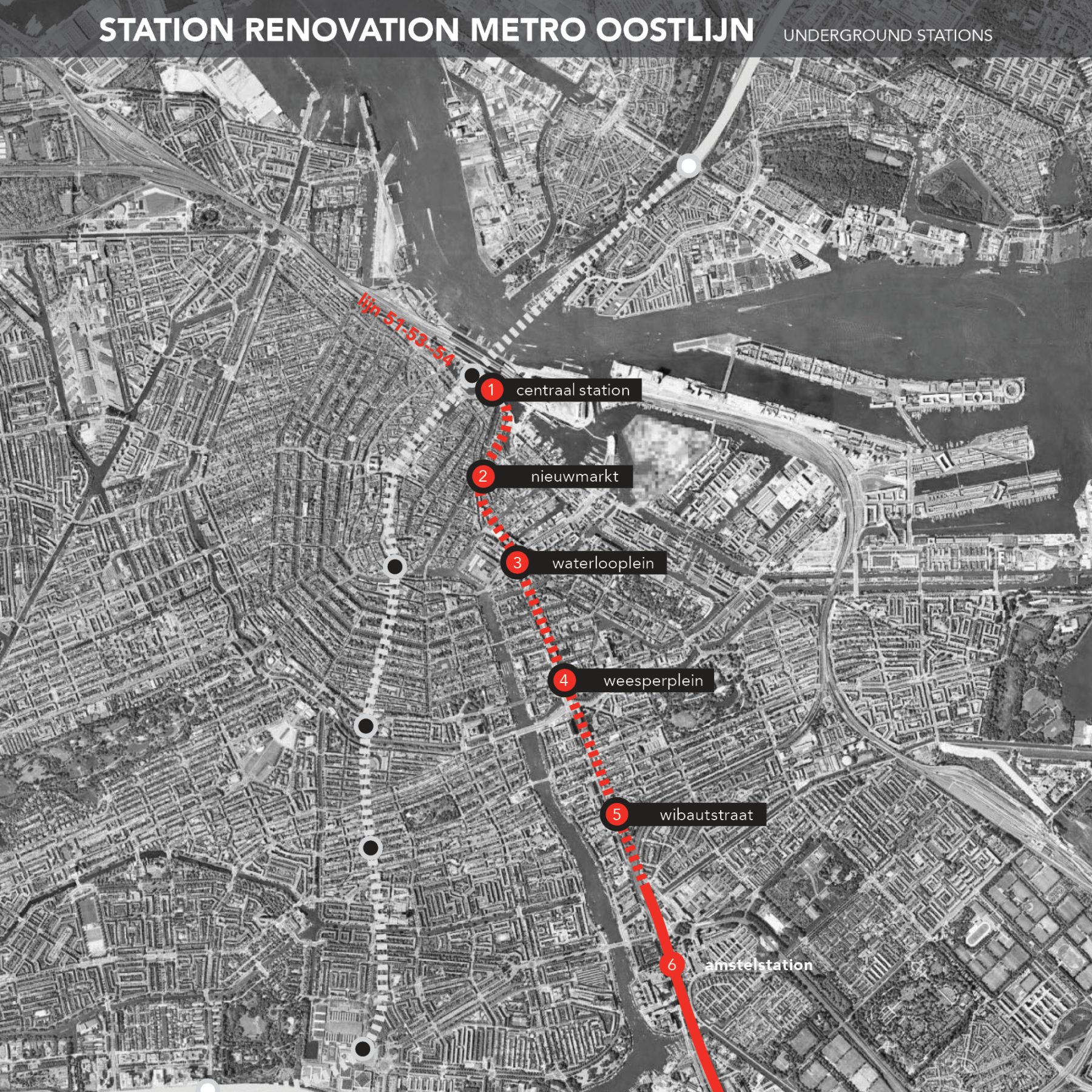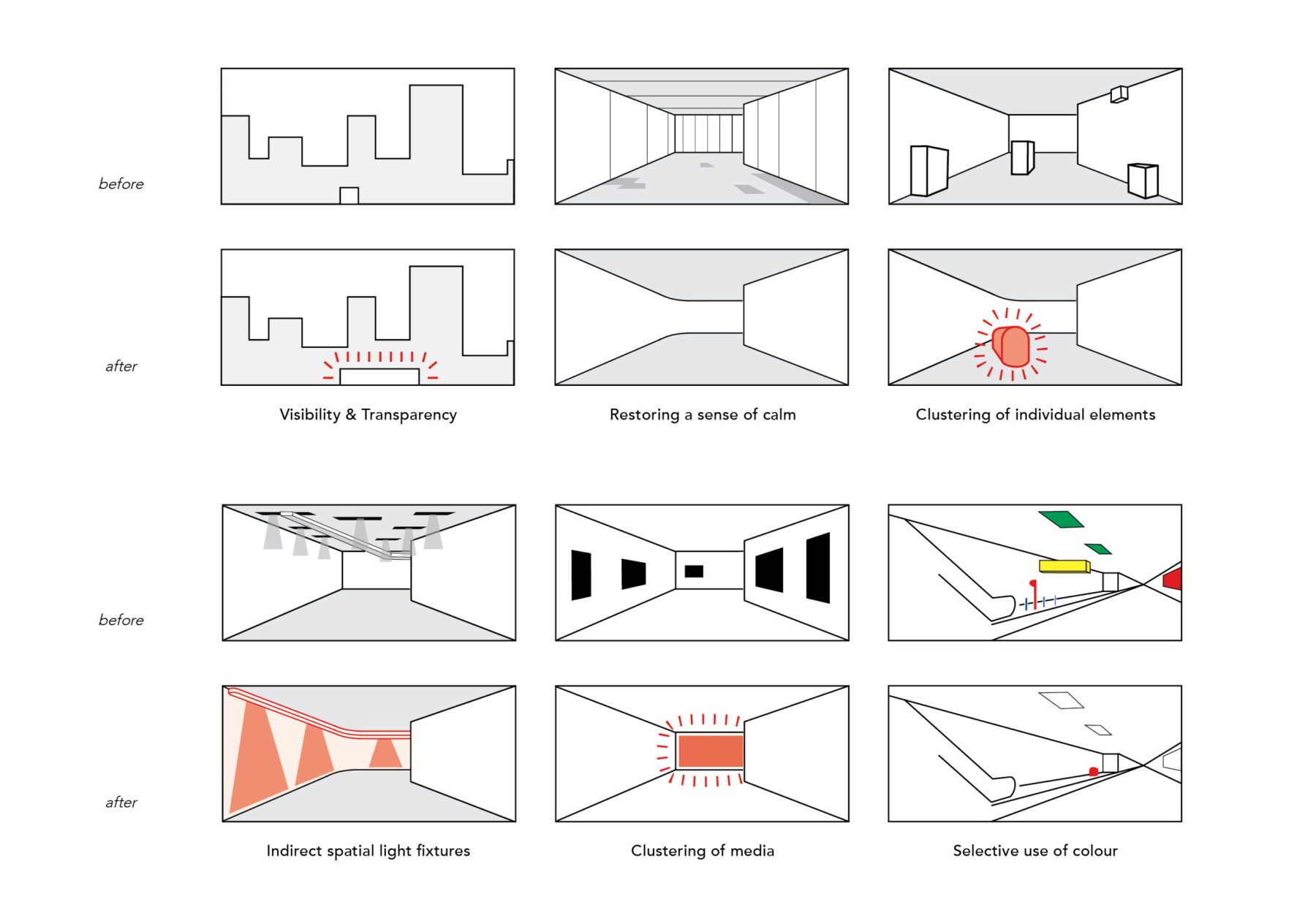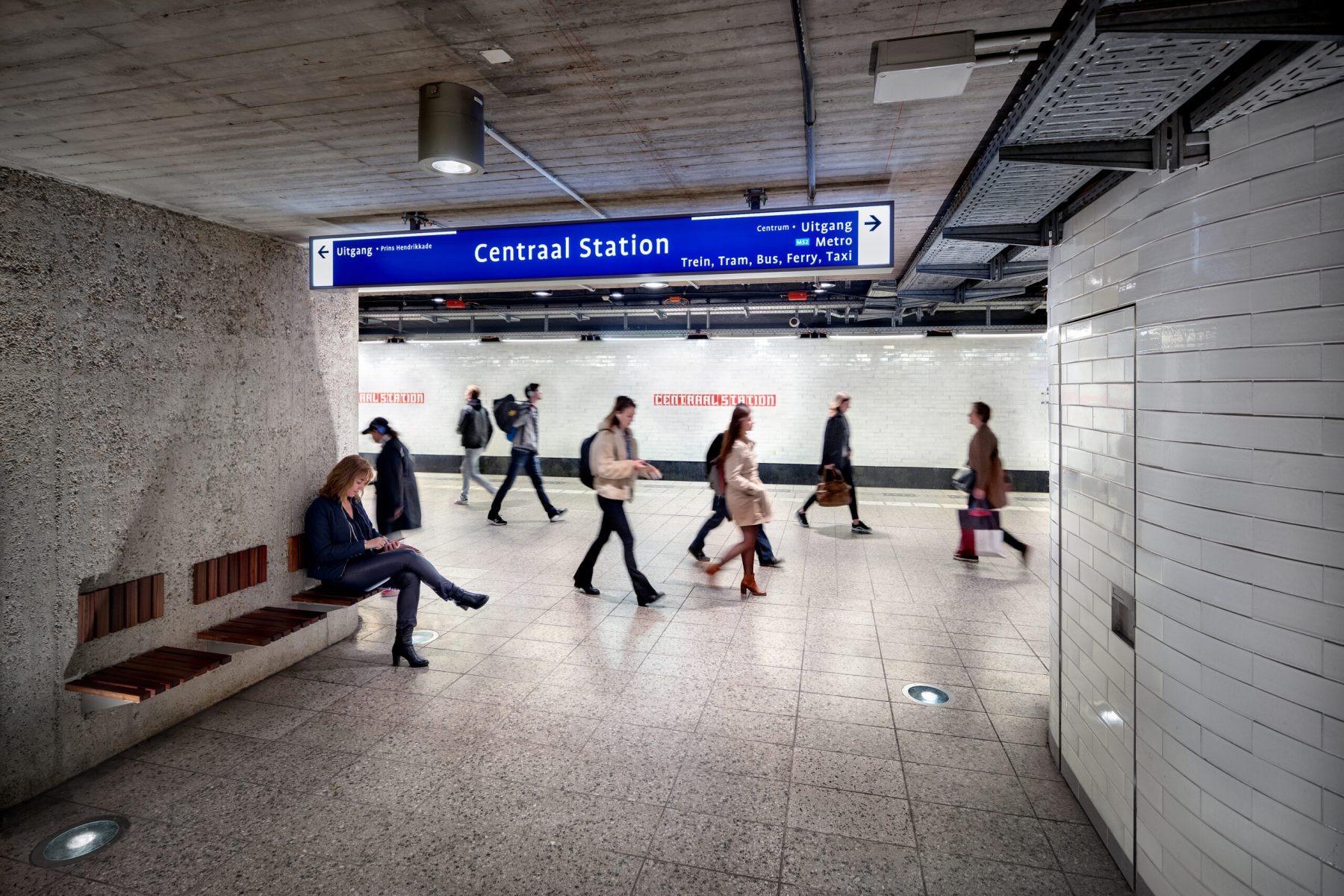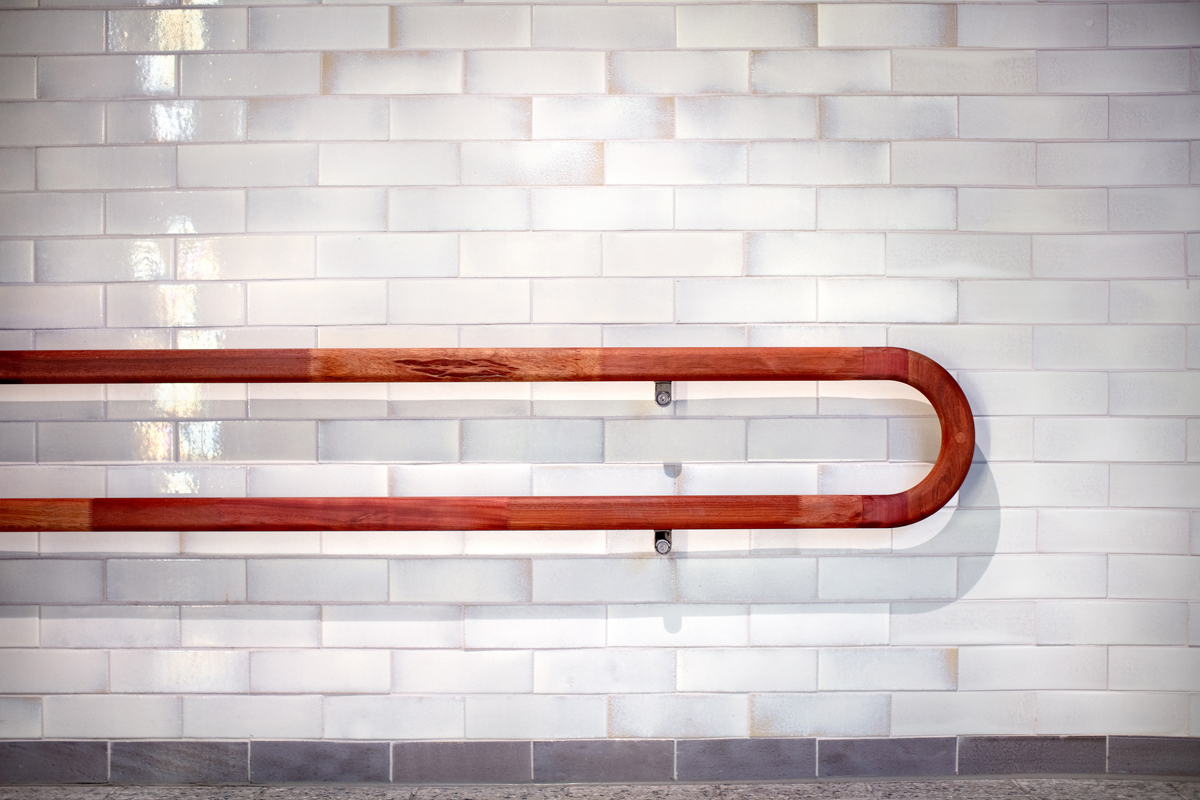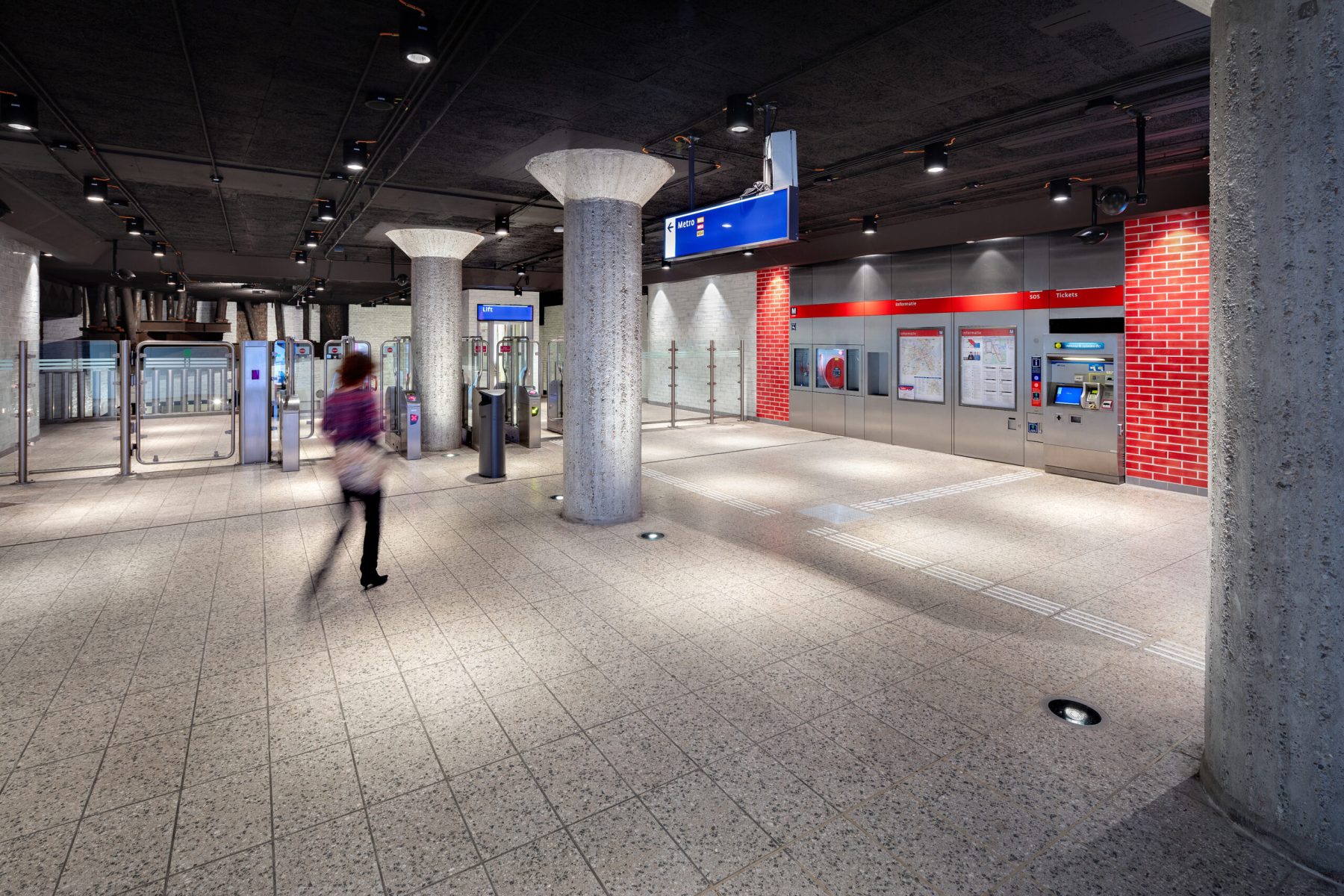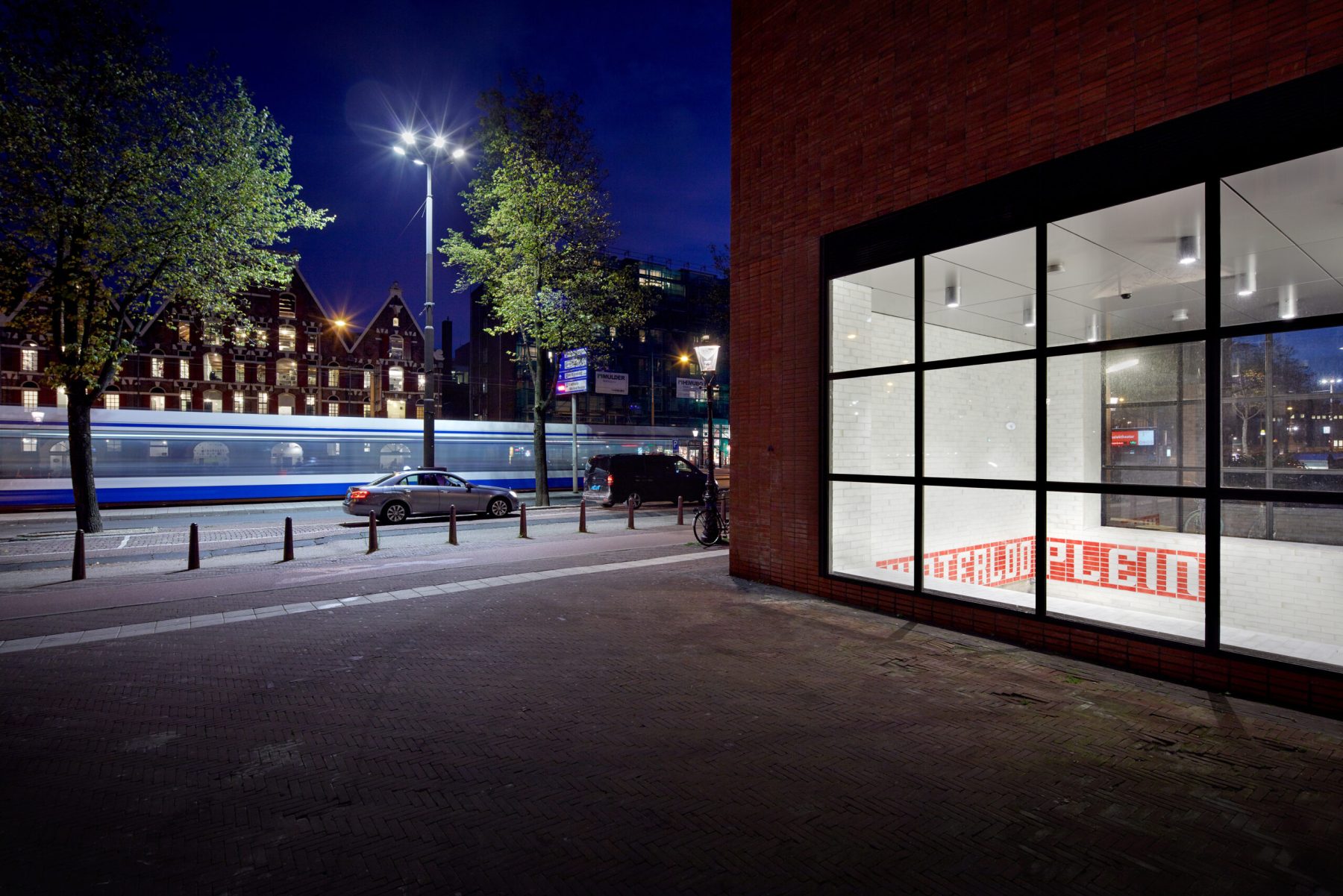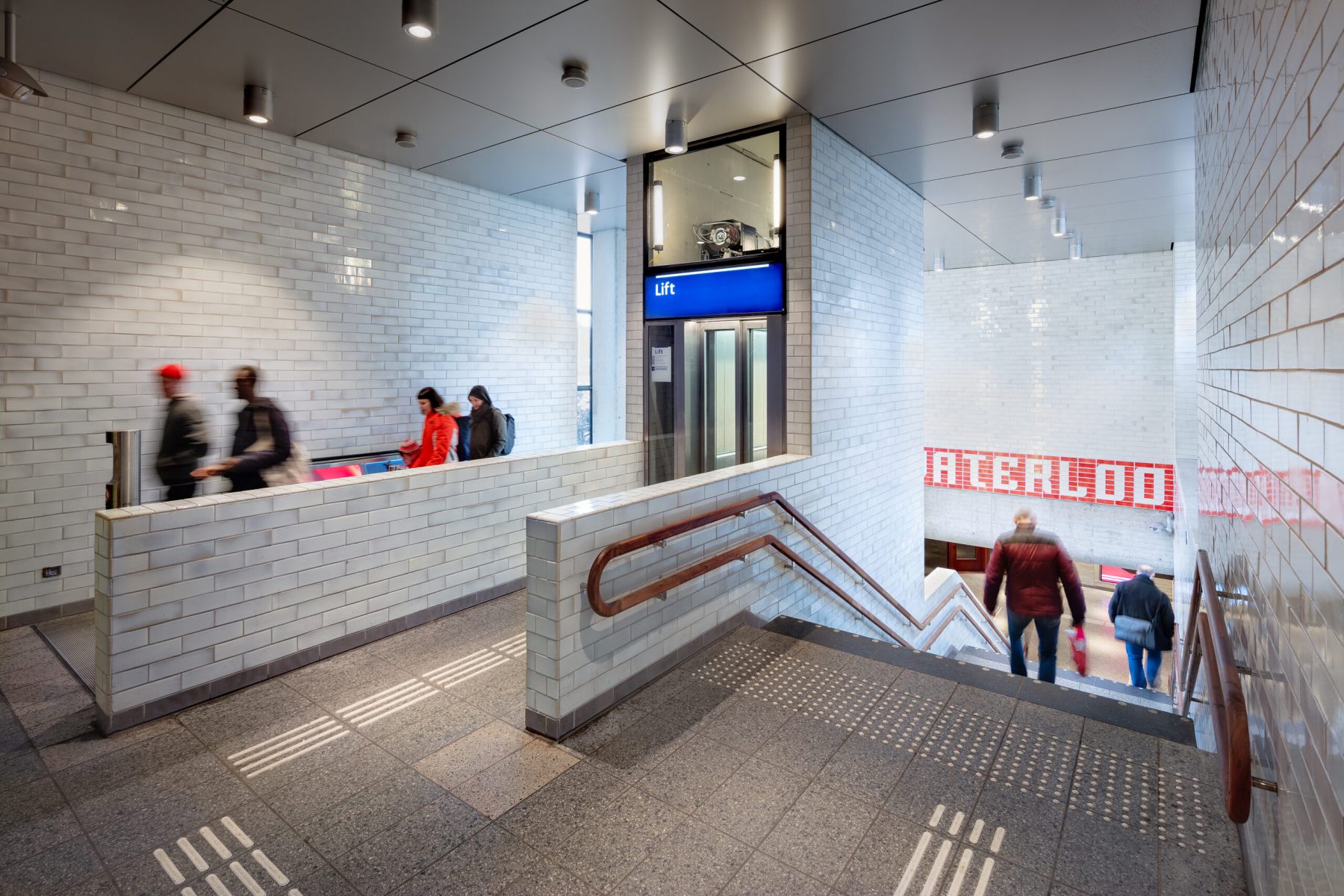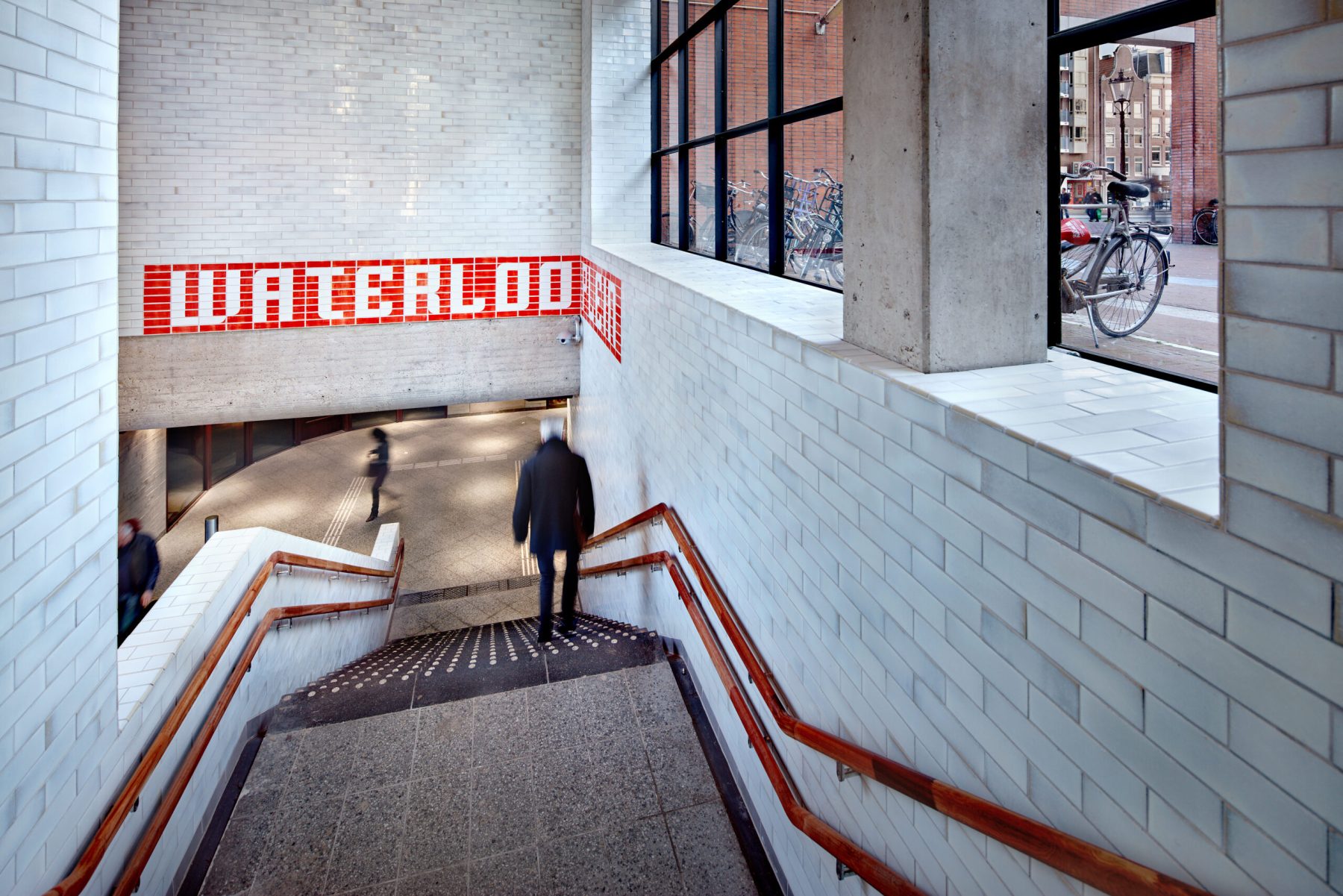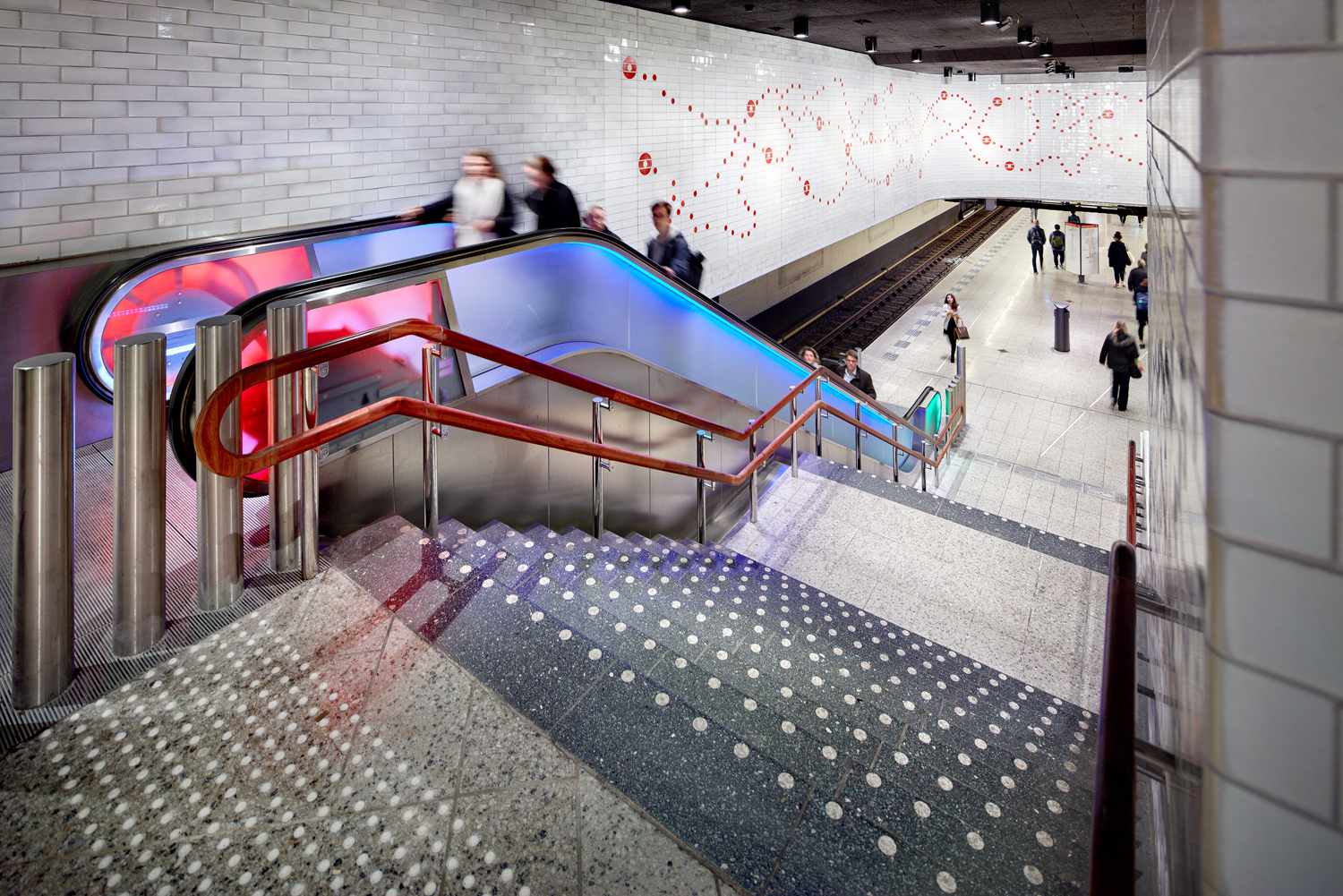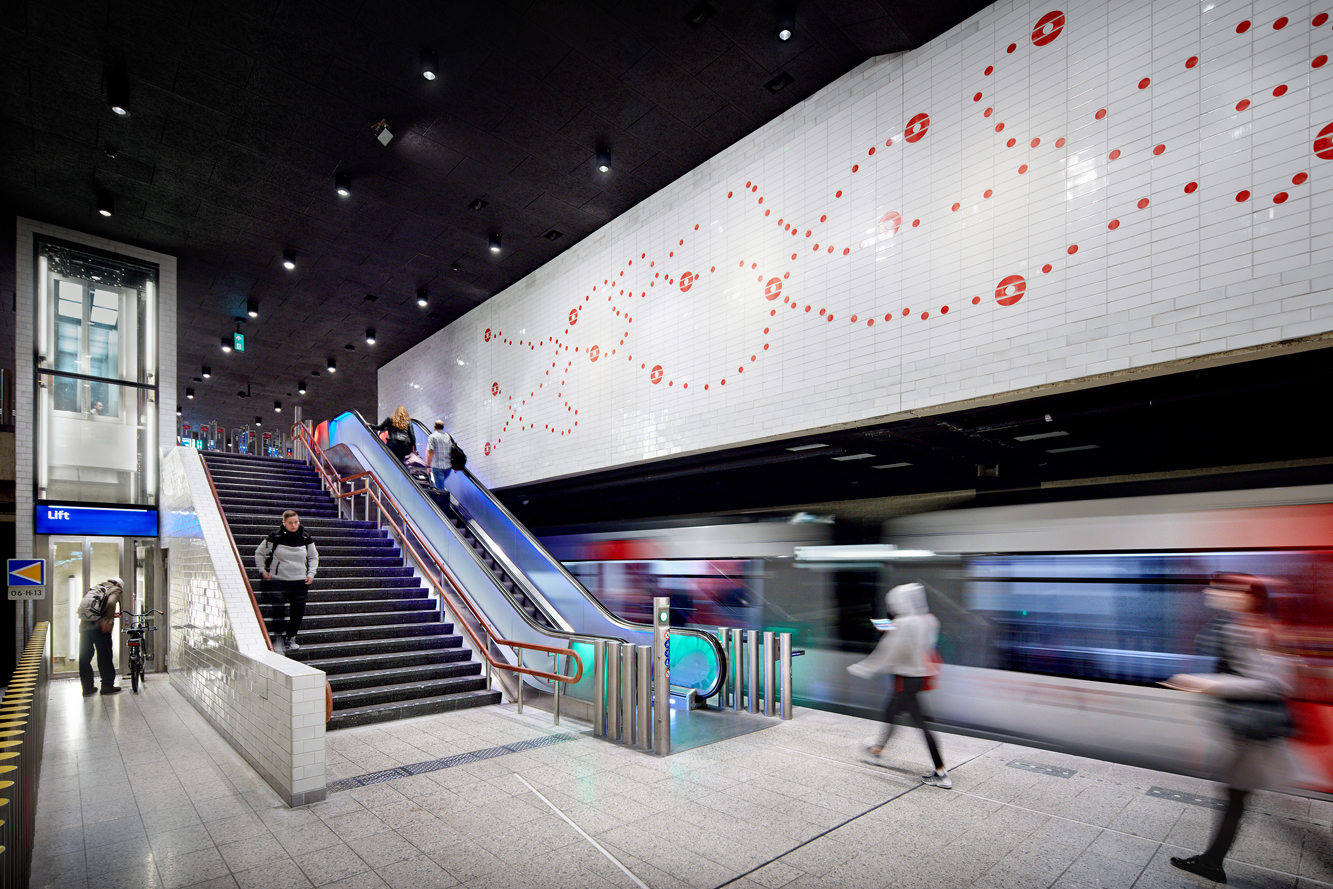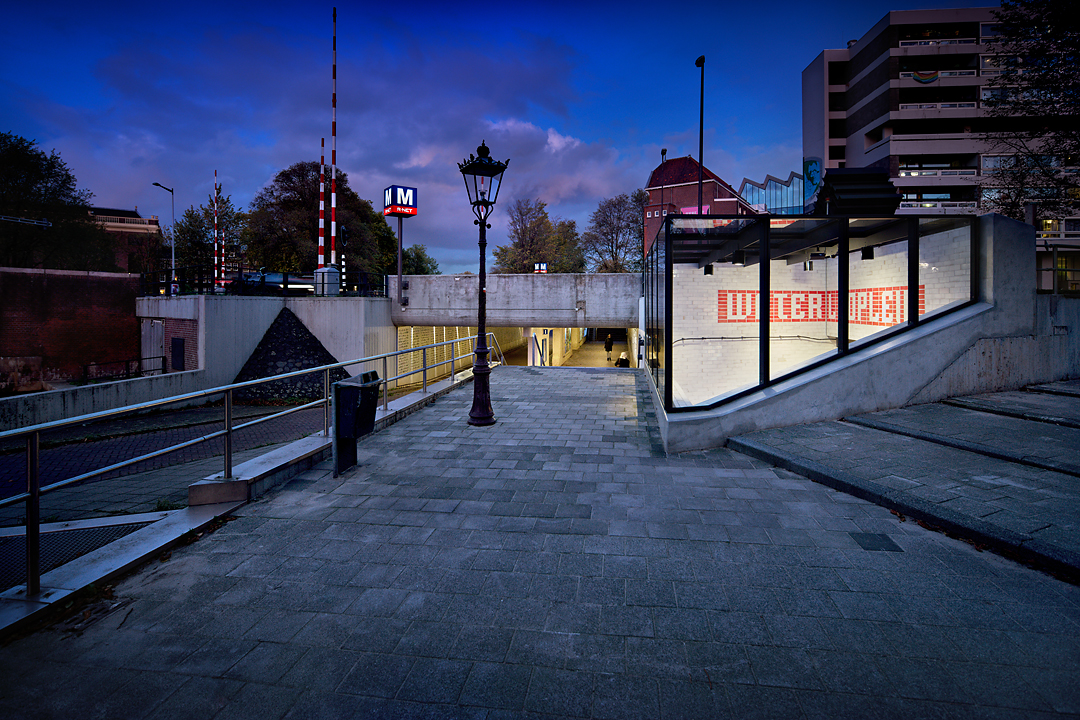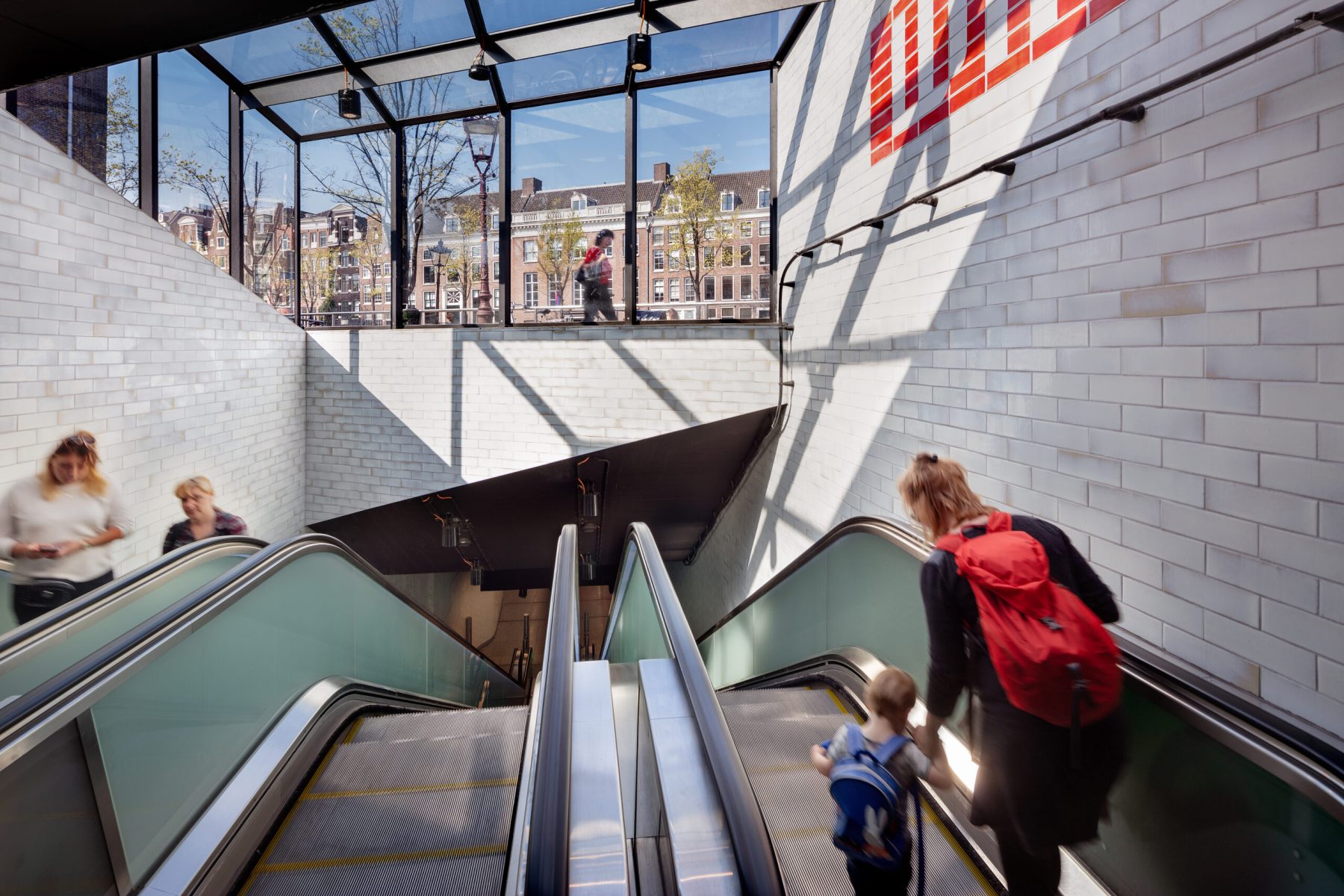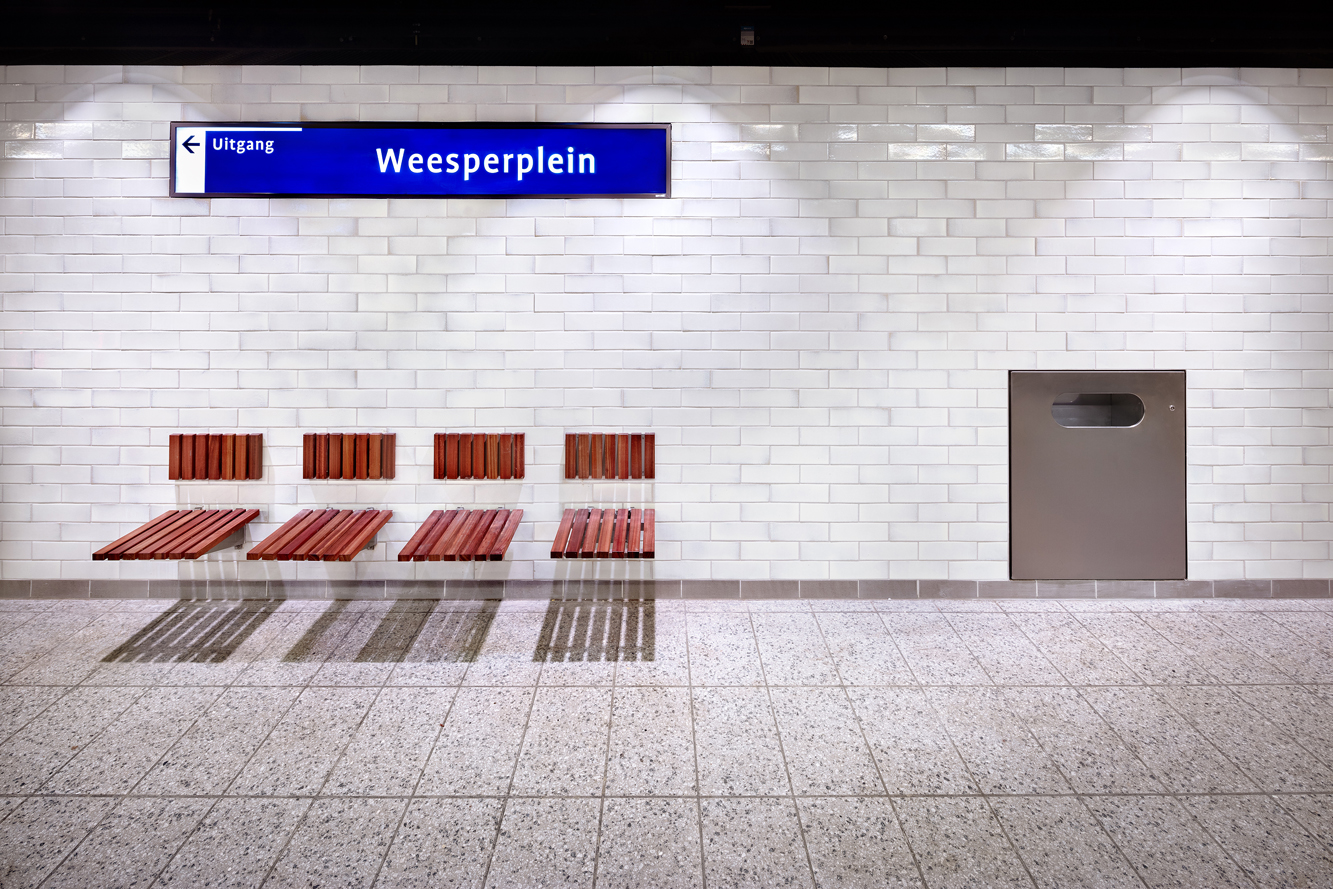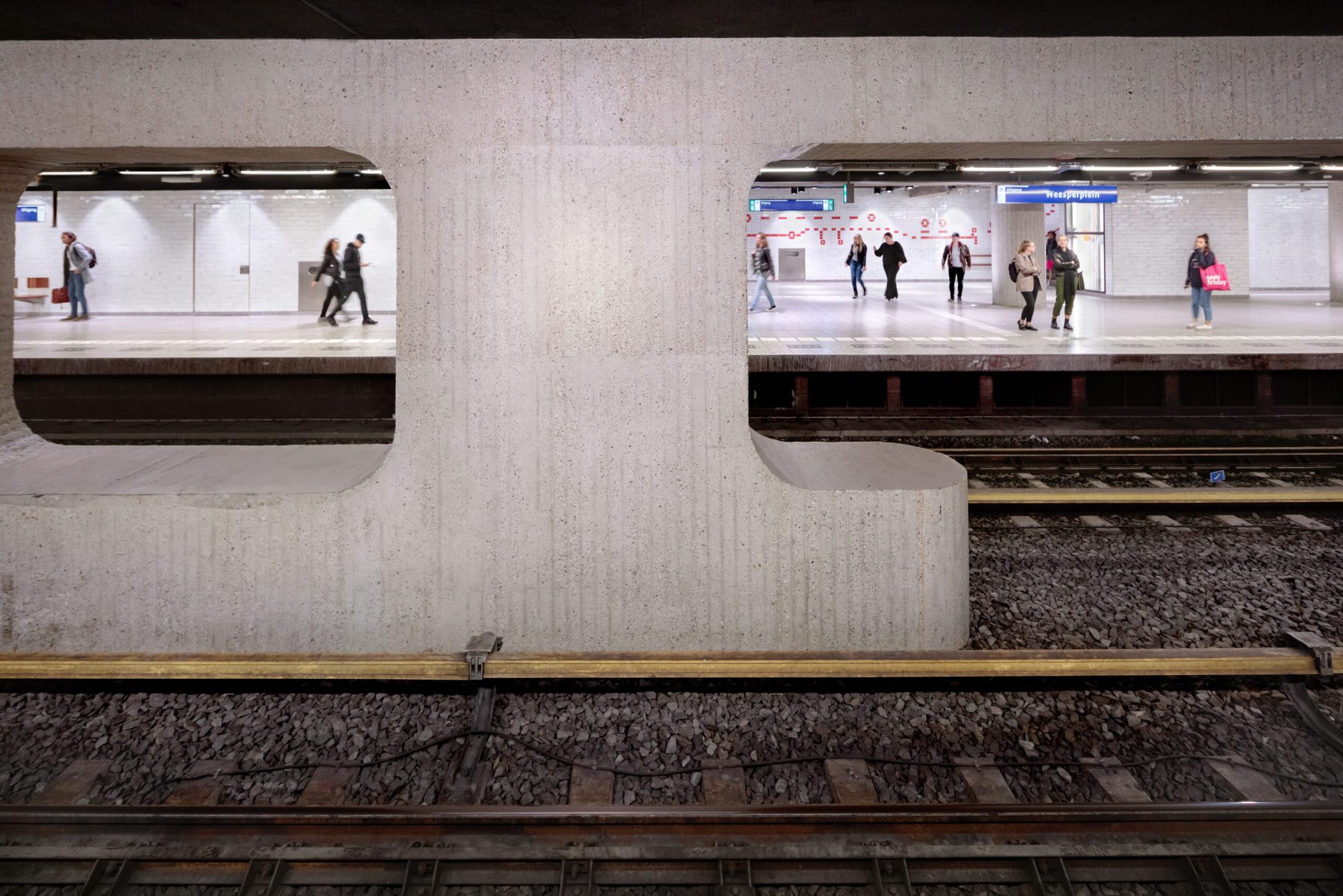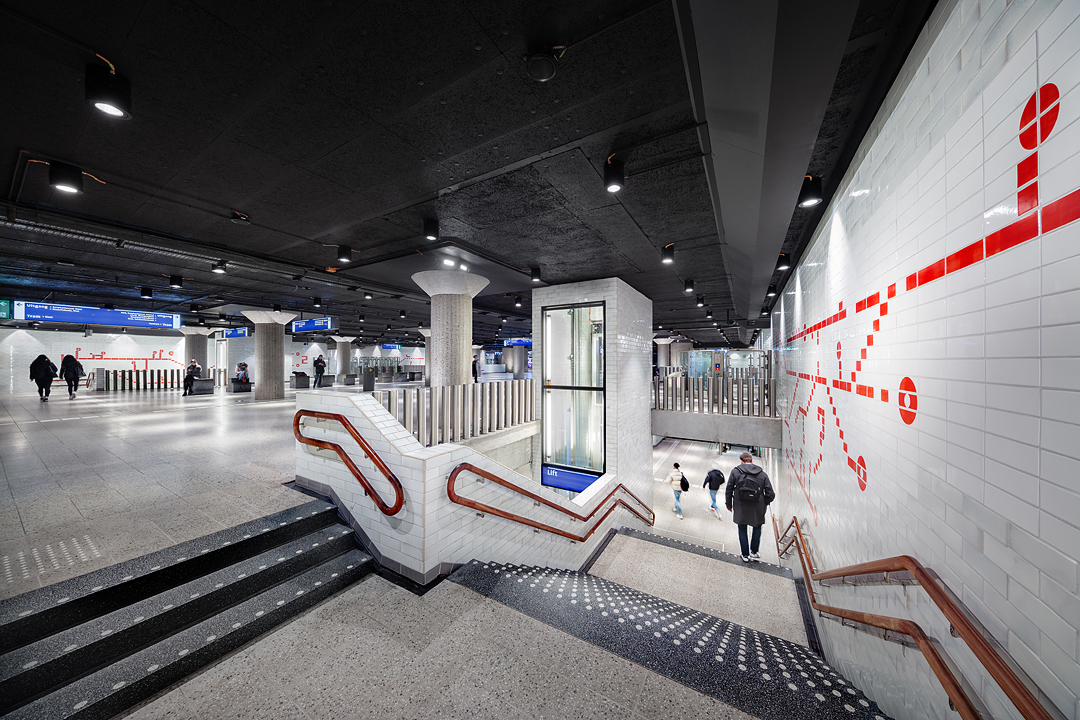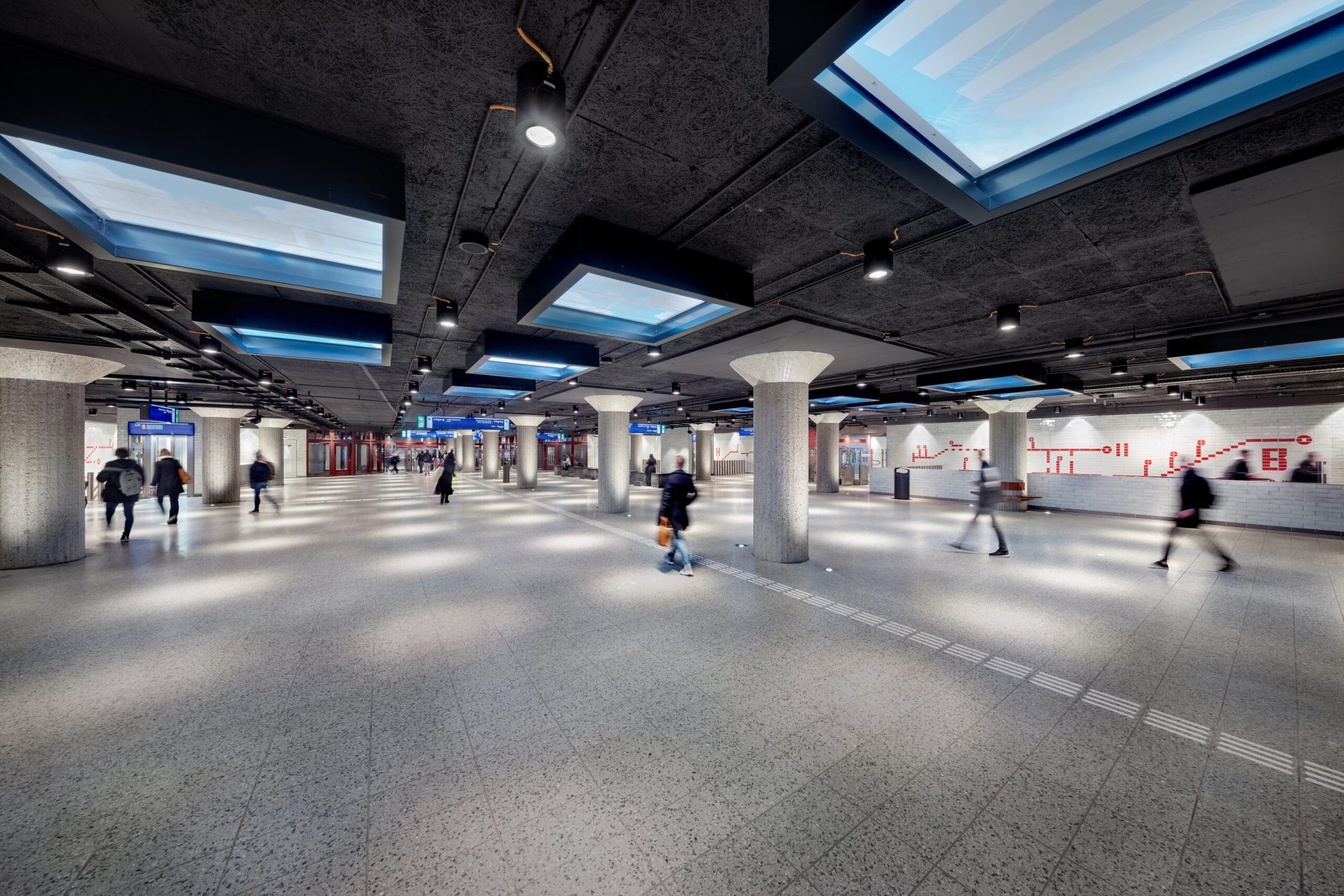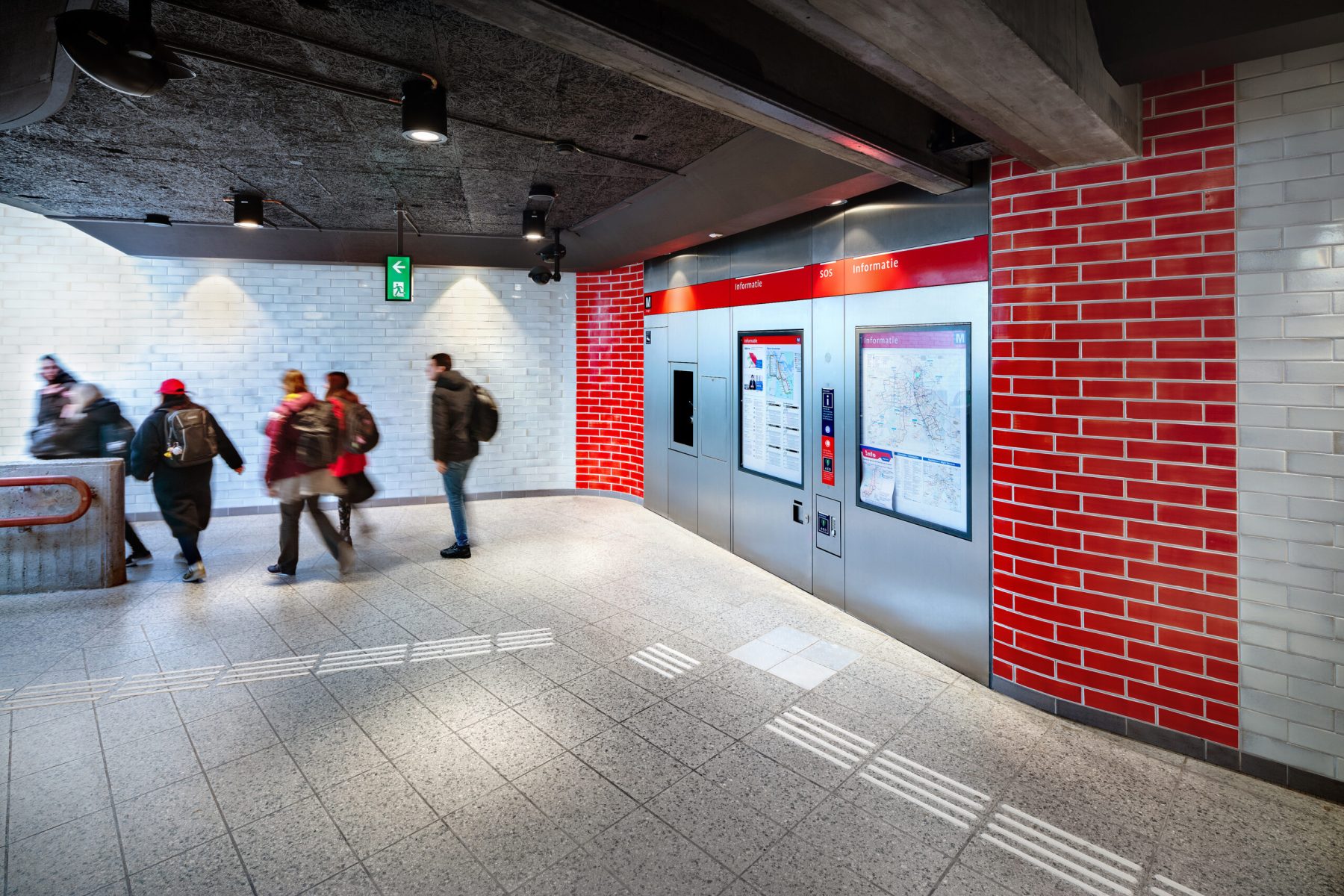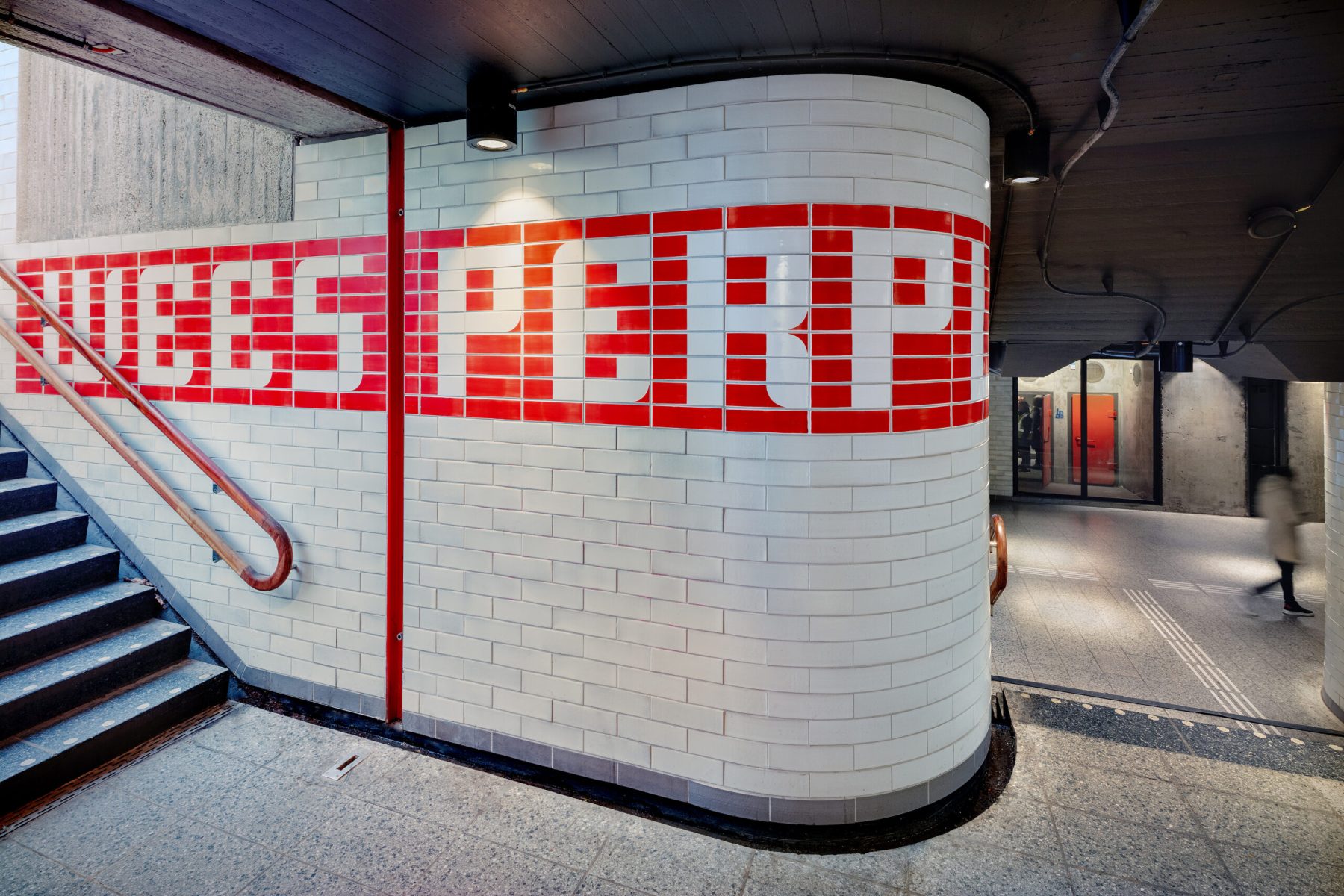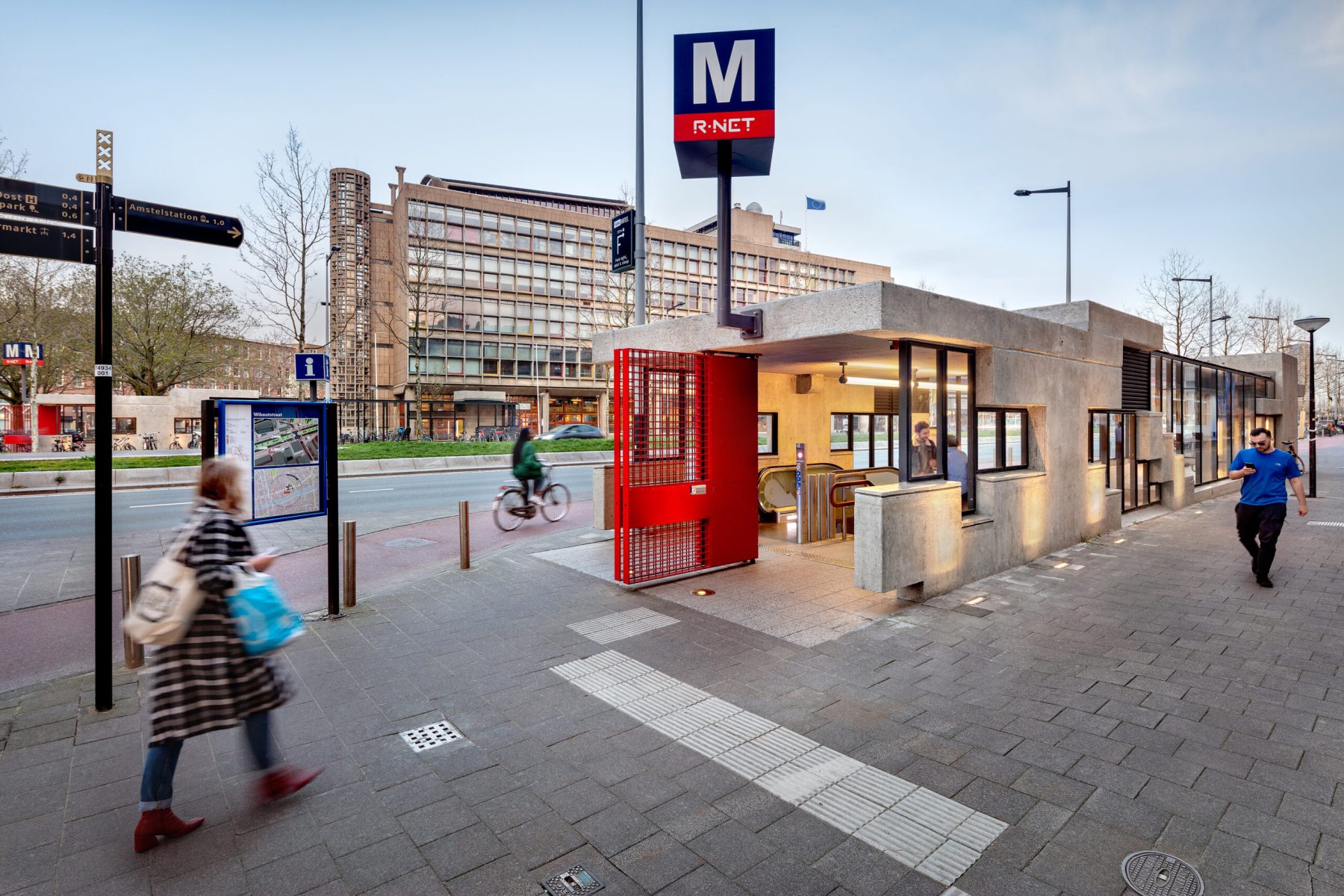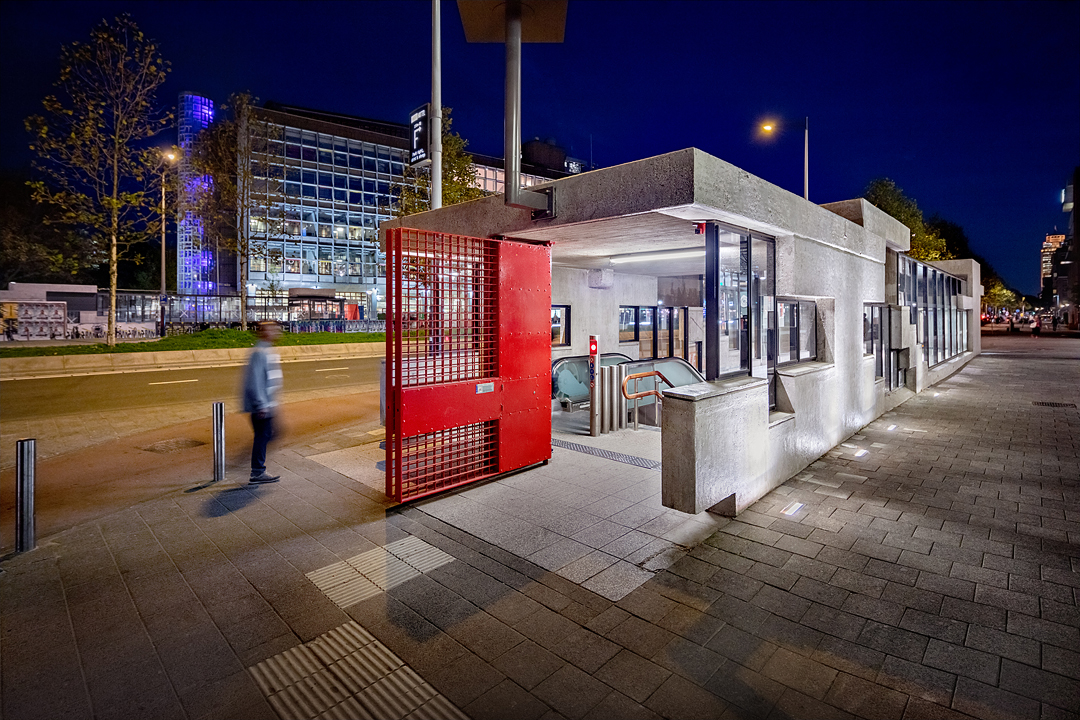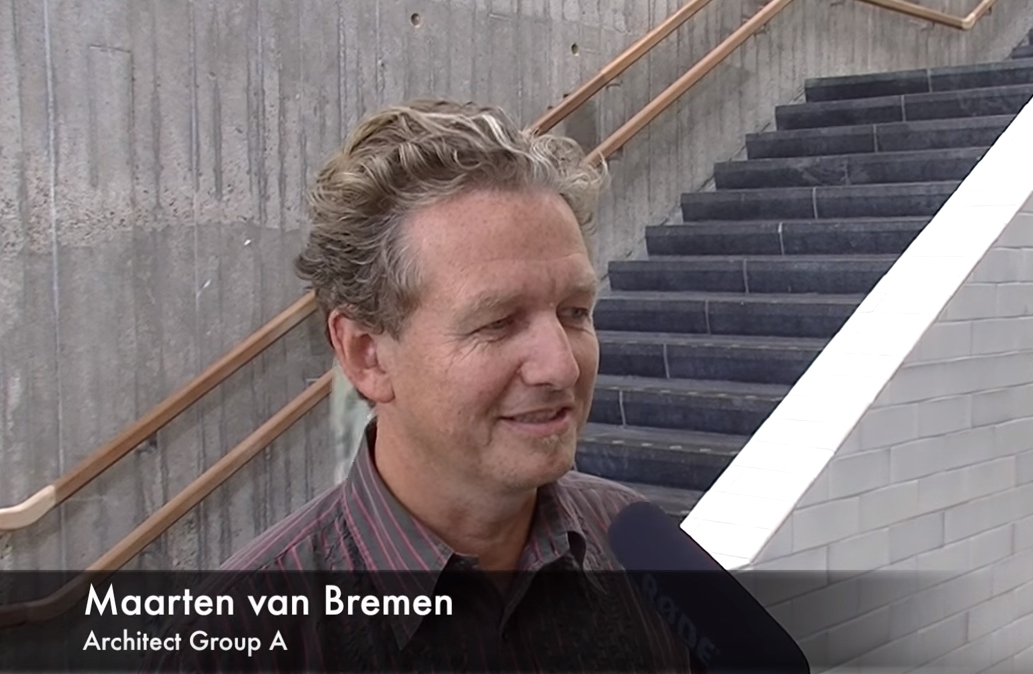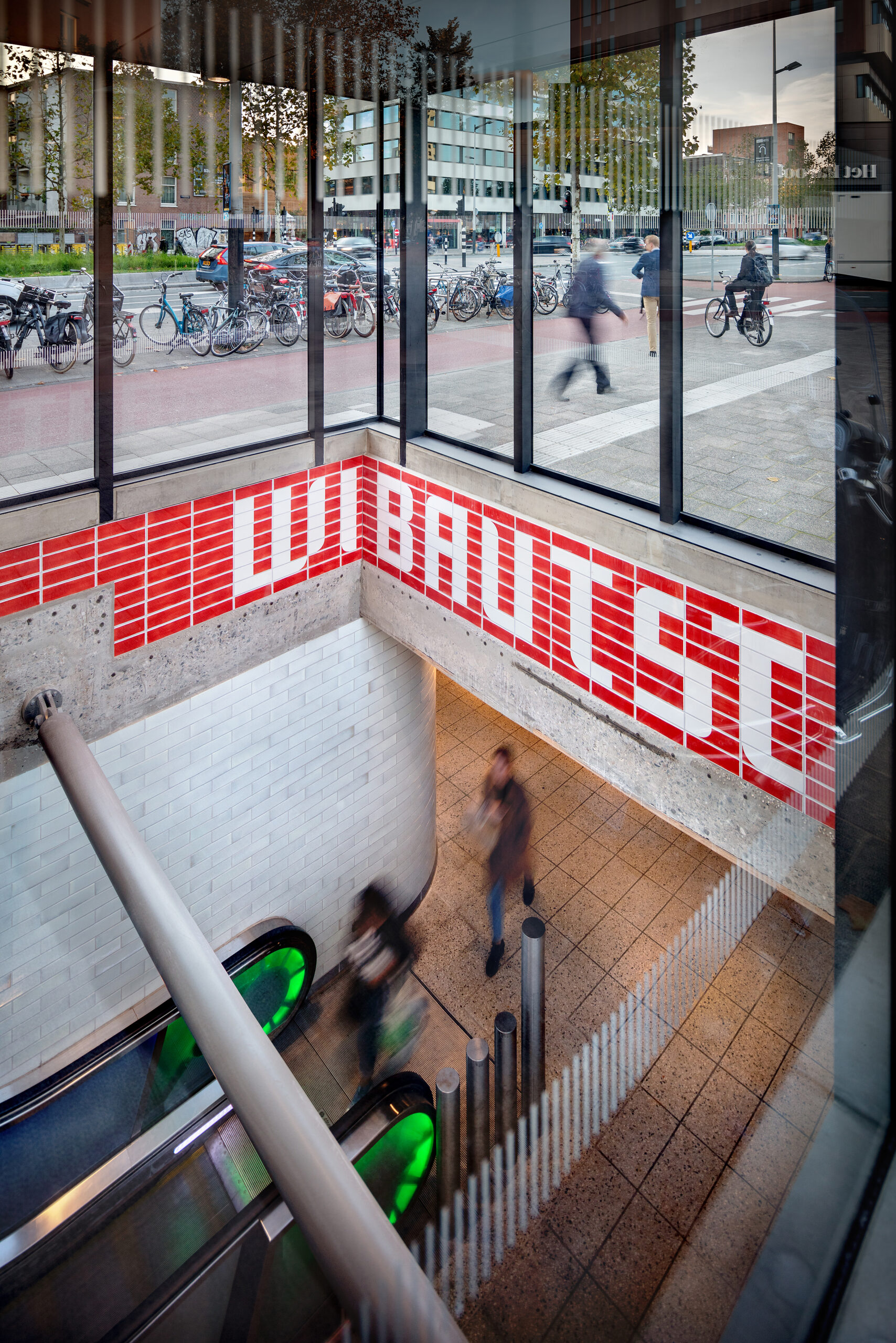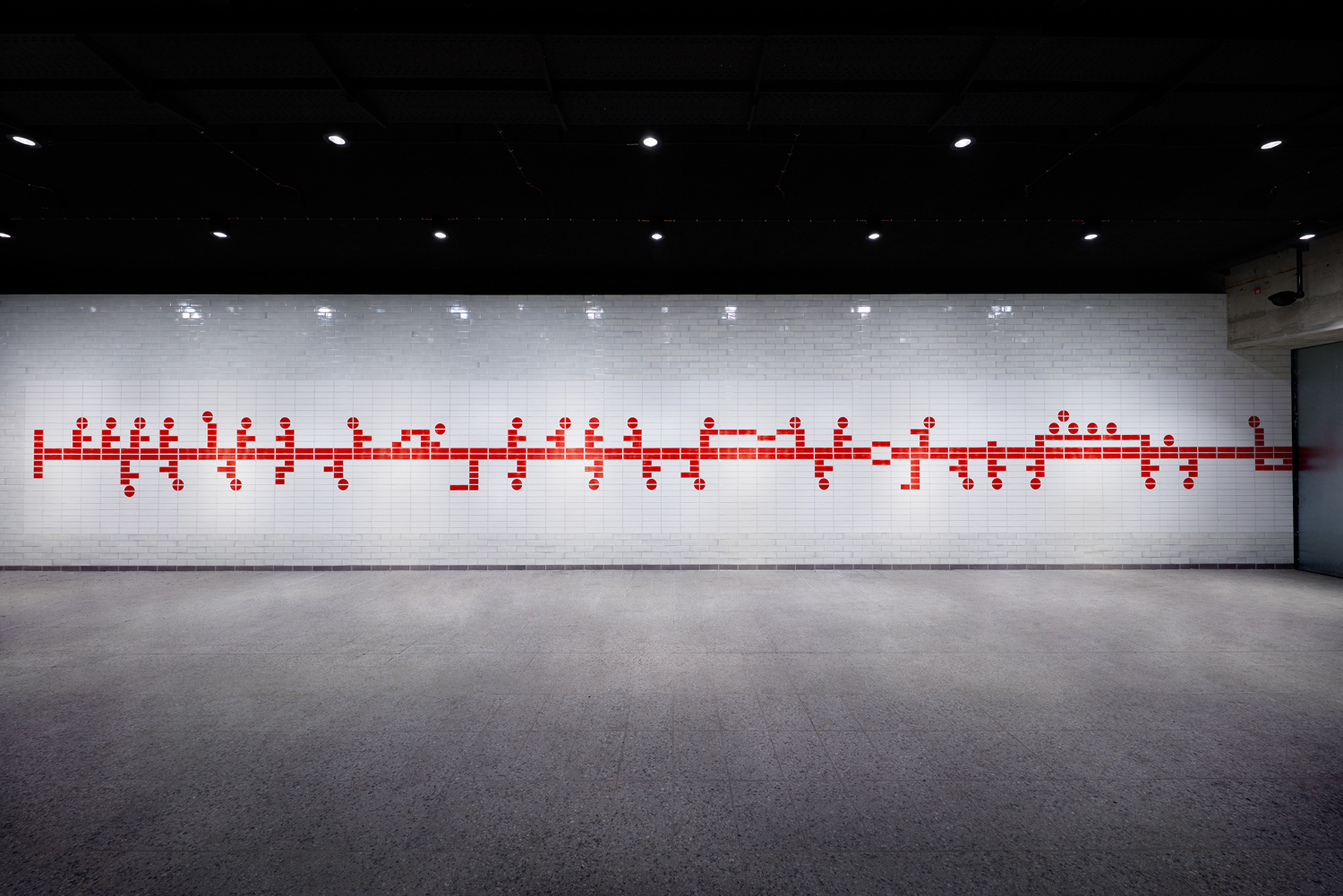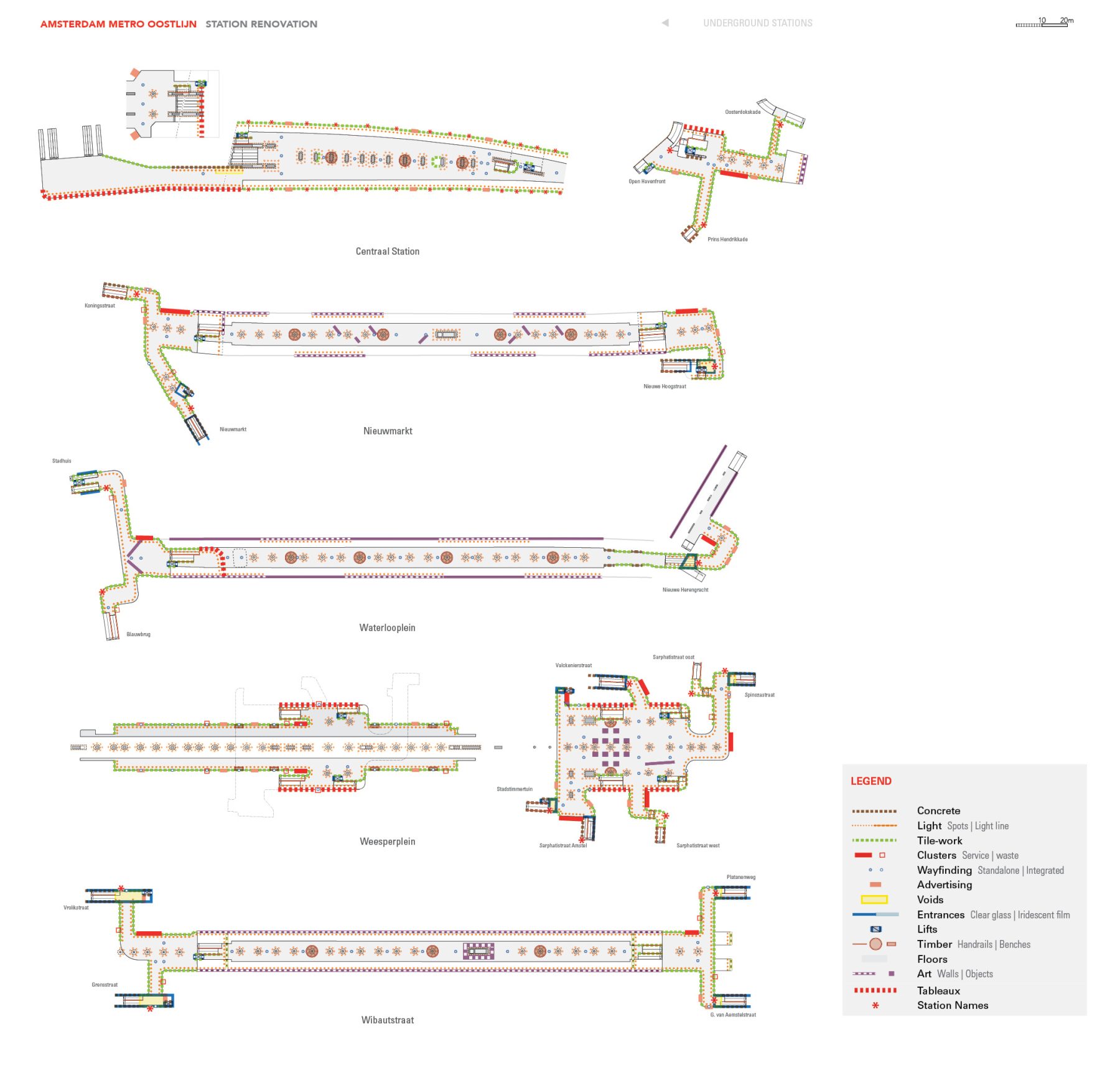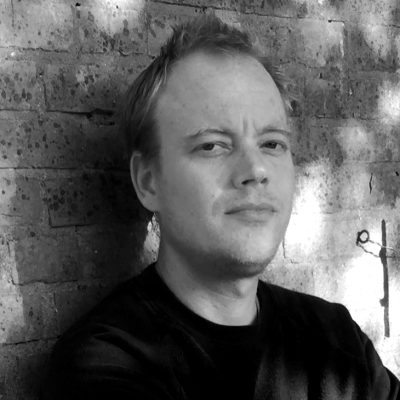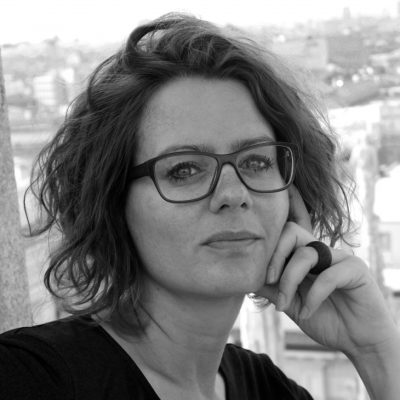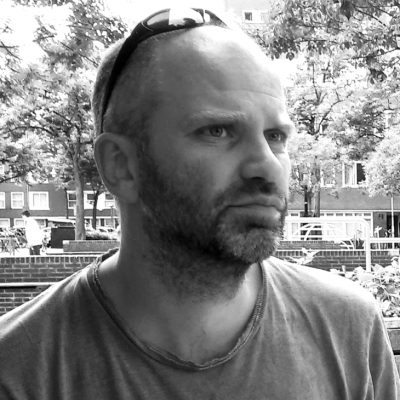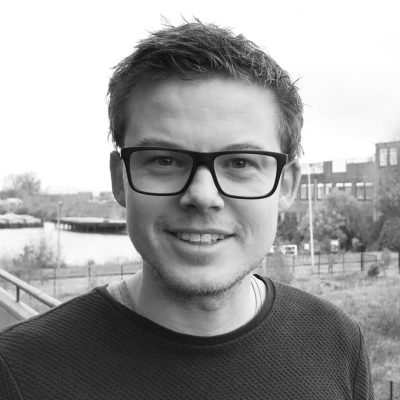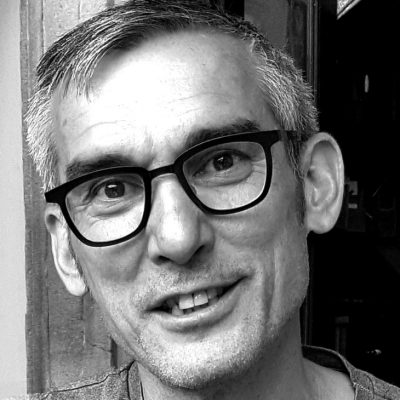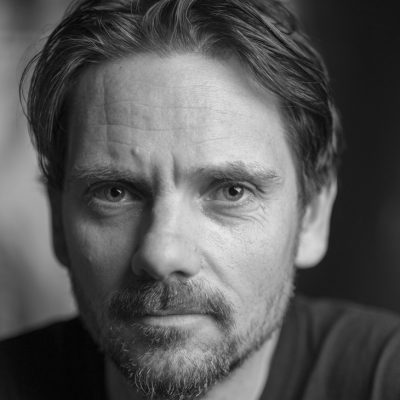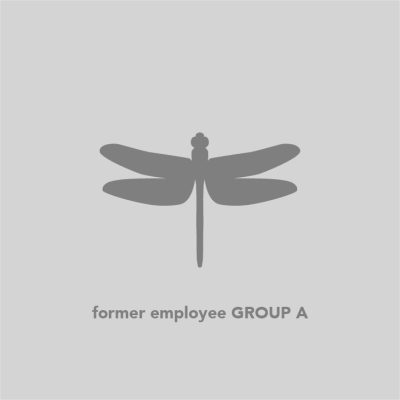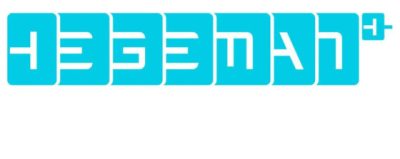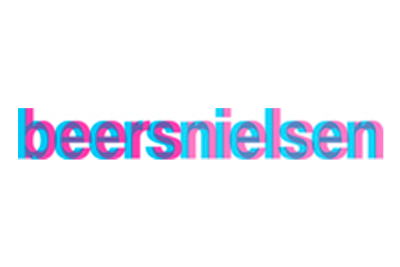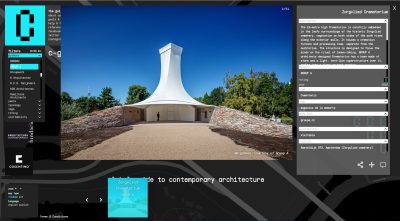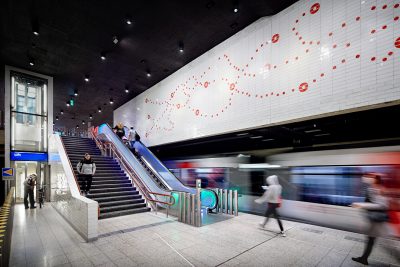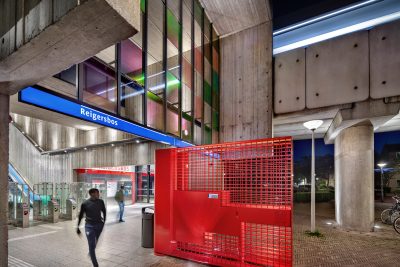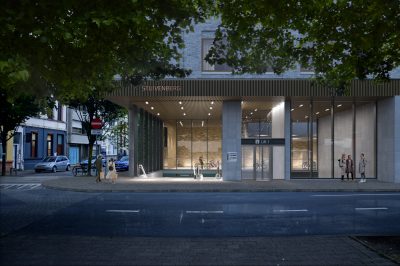GROUP A, in collaboration with Fabrique, has been responsible for the renovation of 5 underground metro stations in Amsterdam. This assignment was part of a complete upgrade of all 16 original Oostlijn stations. The design goes ‘back to the base of the original design’, but is also ‘a vision of the future’. Without denying the original character, but by making the original rough looking DNA visible in combination with the addition of contrasting refined materials, a future-proof and comfortable metro line has been reborn.
The Oostlijn runs straight through Amsterdam, partly underground and partly above ground. With the renovation we have transformed the negative reputation of the line into a new strong, fresh identity. A modern metro that functions well, clear and pleasant to use. The Oostlijn was designed in the seventies as a “total design”, art, furniture, signage and trains were designed for the new line. This original concept has been scattered over the years due to modifications. New technical requirements were implemented, new house styles rolled out, access regimes revised, public transport gates installed and passenger information adapted.
Metro Oostlijn is a unique example of brutalism in Dutch public architecture, by architects Spängberg and Van Rhijn. By using the original ‘DNA’ as a base for our design, a solid and calm background is created. Transparently coated brutalistic concrete is cleaned and illuminated to reveal its original beauty and character. Indirect lighting makes the space feel comfortable.Alcoves have been demolished and walls have been smoothed to improve passenger flows and a sense of social security. Spatial interventions bring daylight and overview. Light accents and voids provide better orientation for the traveller. And the opening of lift shafts enhances the findability of the metro in the city.
The constructions of the original design are uncompromising and rough. New additions have the same pronunciation, but more refinement at the detail level to accentuate the contrast between old and new. Materials such as glass, custom-made glazed tiles and warm-coloured hardwood have been applied in contrast to the unpolished character of béton brut. The quiet use of colour in the metro makes all materials stand out well.
The public character of the Metro is enhanced by the addition of carefully designed commercial spaces and station furniture. All the ‘rumbling’ elements, such as ticket machines, cameras and information panels, are clustered and integrated into the architecture to create quiet spaces. These clusters provide clarity and are adaptable to future changes. Not only the architectural interventions but also the ‘station exceptions’ by Atelier René Knip, consisting of tile tableaux and station names, ensure the recognisability of the Oostlijn as a total. The stylistic design of the tableaux was deliberately chosen so that various travellers can identify with them. The illustrative layer, made up of 20 templates, is set with handmade tiles by Royal Tichelaar. With these station exceptions, a spatial zoning has been applied to the stations that provides structure.
All the interventions have increased the findability and the experience of social safety at the stations. Making the line future-proof has increased passenger comfort, thus contributing to the mobility and hospitality of Amsterdam.
The renovation of the metro Oostlijn in Amsterdam between 2009 and 2019 has been beautifully put into words and images in a book!
Facts
Client
Metro en Tram Amsterdam
Assignment
Renovation 16 metro stations Oostlijn
Location
Metro Oostlijn, Amsterdam, NL
Area
16 stations (60,140 sqm)
Function
Metro stations and retail
Start design
May 2009
Start construction
April 2016
Completed
December 2018
Photography
DigiDaan
In collaboration with
Fabrique
In collaboration with
Atelier René Knip
Awards
Frame Award 2019 (Governemental Interior of the Year) / IF Award 2019 / Gulden Feniks 2019 (National Renovation Prize) / 2ACAA 2019 Award / Dutch Daylight Award 2020 / Gouden A.A.P. 2019 Nomination / Architectenweb Award nomination (Public building of the year) / INSIDE Award nomination / European Design Award (Signs & Displays) nomination / The Plan Award 2020 (Transport) nomination

